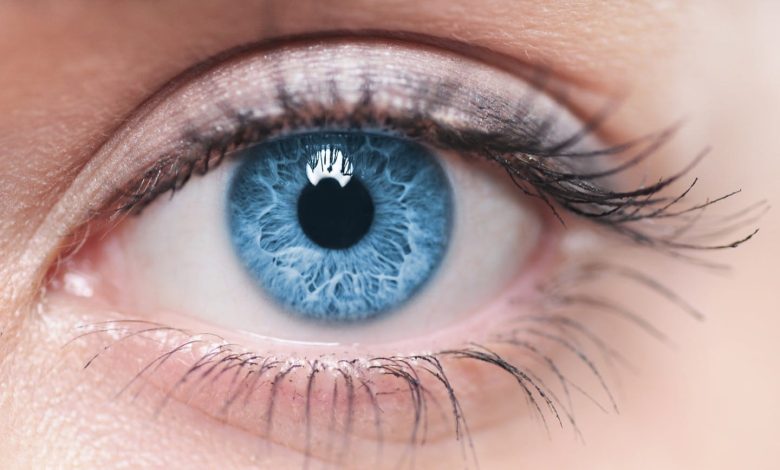7 Unknown Things about Pupillary Reaction and Brain Injury

When an individual suffers from a brain injury caused by closed head trauma, bleeding, stroke, or other conditions, pupil reactivity can change. As a result, the victim’s pupils might not react properly to light or other stimuli. A pupillary reaction test is a way to learn about the condition of the brain or to find out if it has been harmed.
The eyes are a remarkable part of our body. When we think about the human nervous system, the first thing that comes to our mind is not the eyes but the brain. However, a pupil’s reaction can tell us a lot about the health of our brain and our cognitive capabilities.
This article explores seven things most people don’t know about pupillary reaction and brain injury.
Unknown Things About Pupillary Reaction and Brain Injury
1. How does brain injury affect pupil dilation?
In an average healthy person, the pupil dilates in response to light. This means that if the light intensity is increased, the diameter of the pupil increases, and the intensity of light required to cause dilation is reduced.
2. How does brain injury affect pupil constriction?
The pupil constricts in response to light. This means that if the light intensity is decrease, the pupil’s diameter decreases, and the intensity of light required to cause constriction is increase.
In brain injury, the constriction of the pupils is seen in the form of Pinpoint Pupils. Pinpoint pupils the pupil constriction to the extent that the pupil appears small, round, and black. It is often seen in patients with head injuries as the pupils constrict in response to light.
3. What happens in the afferent limb of the pupillary reflex pathway in brain injury?
In brain injury, there is damage to the optic nerve in the proximal limb of the pupillary reflex pathway. This damages the primary afferent neurons of the pupillary reflex pathway. When expose to light, the afferent optic nerve fibers carry this information to the brain, where it is relay to the efferent limb of the pupillary reflex pathway.
4. What happens in the efferent limb of the pupillary reflex pathway in brain injury?
In brain injury, there is damage to the Edinger-Westphal nucleus in the efferent limb of the pupillary reflex pathway. This is the centre for the regulation of the diameter of the pupil. The Edinger-Westphal nucleus contains parasympathetic and sympathetic preganglionic neurons responsible for controlling the pupil.
5. How do doctors know that someone has a brain injury when examining their pupils?
When doctors perform pupil evaluation, if the pupillary reflexes (the normal response to light) are not present, then the doctors know that the patient has brain damage somewhere between the primary afferent neurons of the pupillary reflex pathway and the Edinger-Westphal nucleus, the center for the control of the size of the pupil.
6. What are some pupil abnormalities associate with brain injury?
Several types of abnormalities can occur in the pupil due to brain injury:
- Mydriasis: One pupil is slightly dilate and unresponsive to light. The other eye has a normal-sized pupil and reacts to light.
- Adie’s pupil: Both pupils are not the same size. The more dilated (affected) pupil does not immediately respond to direct or consensual light reflex.
- Horner’s syndrome: One pupil in the eye is smaller than the other. The affected (smaller) pupil can’t react to light and accommodation as accurately as the other.
- Argyll-Robertson: The affect pupil is not involve in light reflex. The affected pupil is smaller than the other and is irregular in shape.
- Marcus Gunn: Pupils are equal in size, but one pupil has an abnormal response to light.
7. What is the solution to abnormal pupillary reactions caused by brain injuries?
There is no single solution to abnormal pupillary reactions caused by brain injuries. The type and severity of the injury will determine the best solution as each person’s condition differs from another. For example, to treat Horner’s syndrome caused by a brain injury, a neuro-ophthalmologist can perform surgery.
Conclusion:
Pupillary light reflex is often a good way to determine if a person’s brain is healthy or if it has been damaged. If a person suffers from a brain injury or aneurysm, he or she might react differently to light and other body stimuli.



